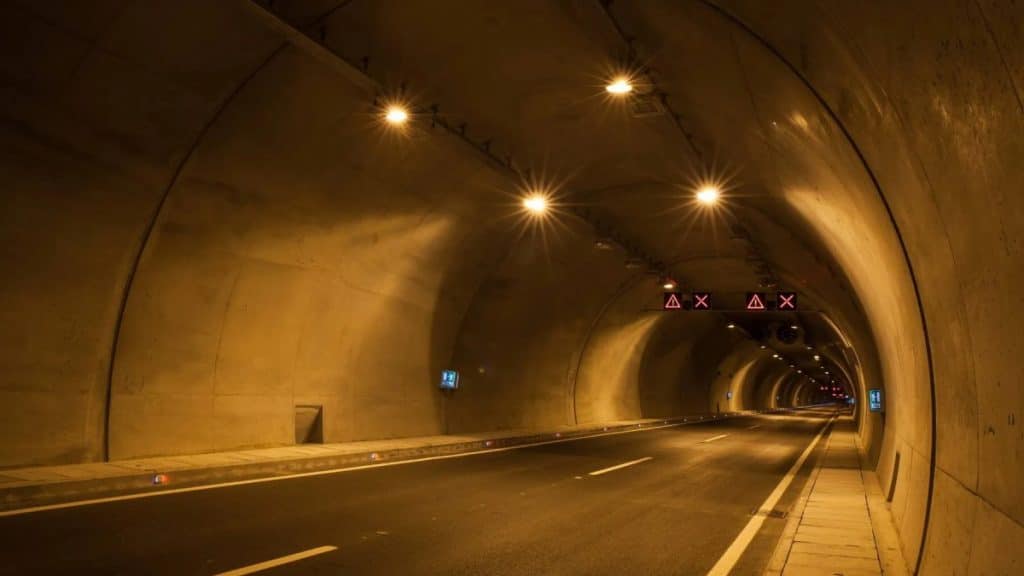Tunnels are often unseen heroes of modern infrastructure, facilitating transportation and utilities and even providing crucial pathways for emergency services. However, ensuring their safety and efficiency involves more than just boring through rock or soil. Strategic tunnel design plays a pivotal role in securing these subterranean passages, ensuring they withstand the test of time and unforeseen challenges. In this article, you will delve into the importance of strategic tunnel design and its impact on safeguarding vital infrastructure. In case you need any information, seeking advice from a civil design engineer who can provide invaluable expertise in navigating complex geological conditions, regulatory requirements, and stakeholder dynamics, optimizing design strategies, and ultimately delivering resilient and sustainable tunnel solutions is suggested.
Diving Deeper: Understanding the Challenges
Tunneling presents a unique set of challenges. Unlike structures built on solid ground, tunnels navigate unpredictable environments. Factors like soil composition, water pressure, and potential seismic activity all influence design decisions. A strategic approach considers these challenges from the outset, mitigating risks and ensuring the tunnel’s long-term integrity.
One crucial aspect is geotechnical investigation. This meticulous process involves analyzing soil samples, assessing groundwater levels, and studying geological formations. By understanding the “ground conditions”, engineers can select the most appropriate tunneling method.
Here are some popular methods and how strategic design factors into their success:
Tunnel Boring Machines (TBMs): These behemoths efficiently carve through rock and soil. However, their design must account for the rock’s strength and fracture potential.
Cut-and-cover Tunneling: This involves excavating a trench, constructing the tunnel within, and then backfilling. The strategic design here involves shoring techniques to prevent trench collapse and ensure the chosen materials can withstand the weight of the backfill.
New Austrian Tunneling Method (NATM): This rock support method adapts to the specific rock conditions encountered during excavation. Strategic design involves selecting the most suitable rock bolts, shotcrete linings, and monitoring systems to ensure tunnel stability.
Building for Safety: Essential Design Considerations
Beyond navigating the geological landscape, strategic tunnel design prioritizes safety for those using and working within the tunnel. Here are some key considerations:
Fire Safety: Tunnels can become confined spaces in case of a fire. Fire-resistant materials, robust ventilation systems, and strategically placed emergency exits are crucial for safe evacuation and fire containment.
Ventilation: Tunnels require proper air circulation to remove exhaust fumes, maintain air quality, and regulate temperature. Strategic design factors in air volume requirements, placement of ventilation shafts, and potential mitigation measures for pollutants like dust.
Drainage: Water ingress is a constant threat in tunnels. Strategic design incorporates effective drainage systems to collect and channel water away, preventing leaks and structural damage.
Advanced Technologies: Shaping the Future of Tunnel Design
The field of tunnel engineering is constantly evolving, with innovative technologies playing an increasingly crucial role. Here are a few examples:
Building Information Modeling (BIM): This digital tool creates a 3D model of the entire tunnel project, allowing for clash detection, improved coordination between disciplines, and better visualization of potential challenges.
Tunnel Boring Machines with Real-Time Monitoring: Modern TBMs have sensors that gather real-time data on ground conditions. This allows for adjustments during excavation, optimizing tunnel stability and safety.
Sustainability Considerations: Strategic design incorporates environmentally friendly practices. This can include using recycled materials for construction, minimizing energy consumption during operation, and exploring renewable energy sources for power.
The Long Road Ahead: Ensuring Long-Term Success
A strategically designed tunnel isn’t just about initial construction but durability and long-term functionality. Here’s what ensures a tunnel’s continued success:
Maintenance Planning: Strategic design incorporates a comprehensive maintenance plan. This includes regular inspections, addressing potential issues promptly, and implementing preventative measures to extend the tunnel’s lifespan.
Adaptability for Future Needs: Tunnels are often built to last for decades. The strategic design considers future uses and incorporates flexibility to accommodate changing infrastructure needs.
Seeking Professional Expertise:
Seeking professional guidance from a civil design engineer is paramount in ensuring the success of tunnel projects. Experienced engineers and consultants possess invaluable expertise in navigating complex geological conditions, regulatory requirements, and stakeholder dynamics. Their insights can help optimize design strategies, mitigate risks, and deliver resilient and sustainable tunnel solutions.
Summing it Up:
Strategic tunnel design is not merely about excavating underground passages; it’s about safeguarding vital infrastructure, enhancing resilience, and fostering sustainable development. By integrating advanced technologies, environmental considerations, and collaborative approaches, engineers can create tunnels that withstand the test of time and contribute to the well-being of communities and the environment. As you expand your underground networks, prioritizing strategic tunnel design will be paramount in building a safer, more connected future.
